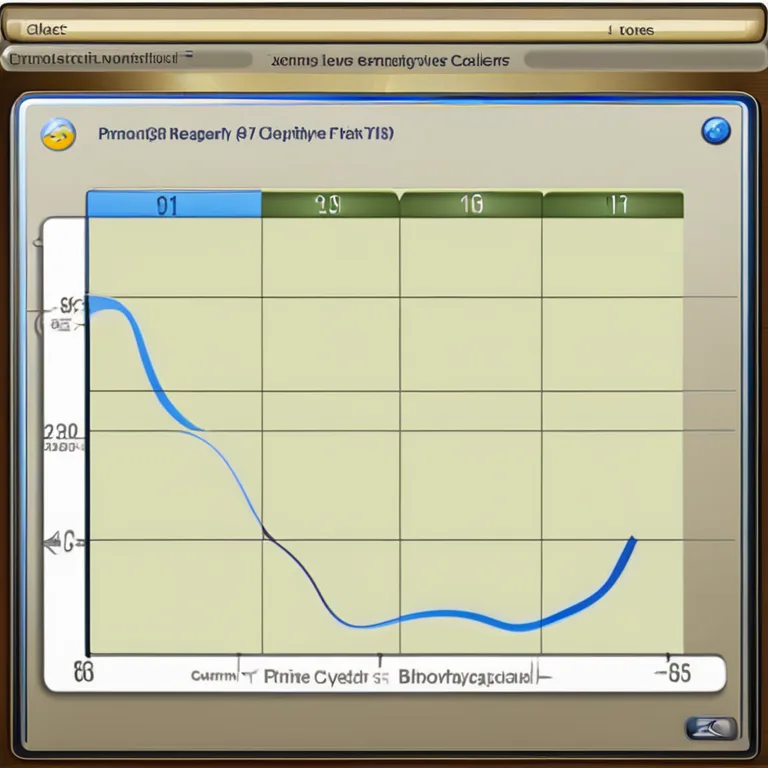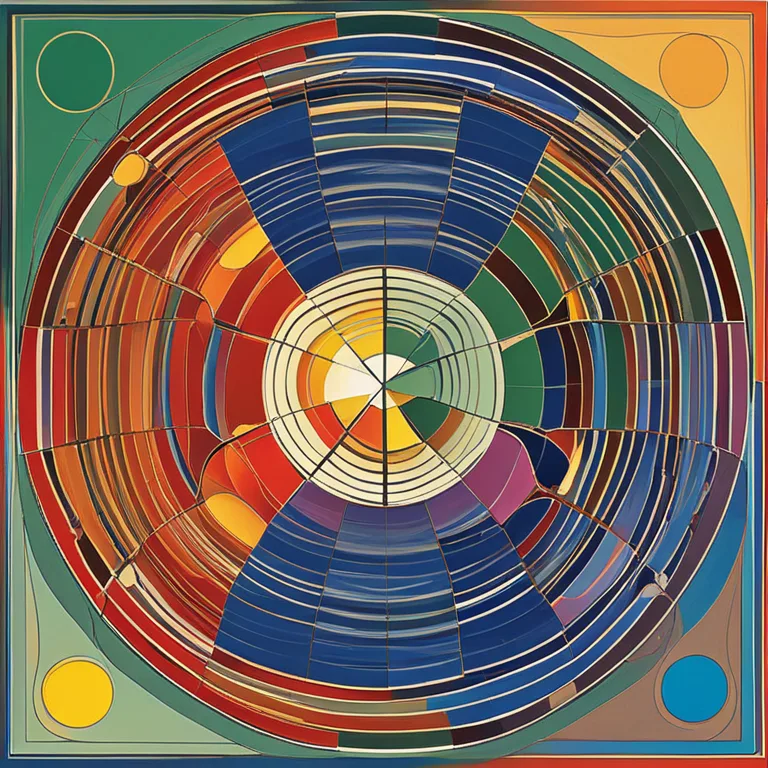
The Rhythms of Life: An Introduction to Biorhythm Theory
Delve into the biorhythm theory to understand how biological cycles purportedly influence human life and well-being.
article by Adrian Wallace
The Essence of Biorhythm Theory
The concept of biorhythms is a pseudoscientific idea suggesting that our daily lives are significantly affected by rhythmic biological cycles. According to biorhythm theory, these cycles begin at birth and influence our physical, emotional, and intellectual capabilities. Proponents suggest that by charting these cycles, one can predict fluctuations in a person's abilities and disposition. Over the years, biorhythm theory has become popular among certain groups who believe that these patterns can provide insights into personal understanding and foresight.

History of Biorhythms
Biorhythm theory has its roots in the 19th century, with the initial ideas credited to Dr. Wilhelm Fliess, a close associate of Sigmund Freud. Fliess theorized that human beings experience cycles of high and low tides that affect their physical and emotional states. Further expanded by psychologist Hermann Swoboda and engineer Alfred Teltscher in the 20th century, biorhythms evolved into a system of three primary cycles: the 23-day Physical, the 28-day Emotional, and the 33-day Intellectual cycles.

Three Principal Cycles
The Physical cycle is believed to impact one’s stamina, strength, and overall well-being. As the Emotional cycle waxes and wanes, it supposedly governs mood, creativity, and emotional stability. Meanwhile, the Intellectual cycle is said to affect cognitive functions, decision-making, and the ability to learn new information. Advocates claim that understanding these cycles can aid in planning activities, making decisions, and improving one’s life proactively.

Analyzing Biorhythms
To utilize biorhythm theory, individuals typically plot their unique cycles using a biorhythm calculator—often found on specialized websites or in software—that charts the three cycles over time. The cycles are represented as sine wave-like graphs that alternate between positive (high phase) and negative (low phase) values, supposedly corresponding with one’s varying capabilities or mood throughout the cycle.

Skepticism and Scientific Scrutiny
Despite its popularity, biorhythm theory has been met with skepticism from the scientific community. Critics argue that there is a lack of empirical evidence supporting the existence of these biological cycles and their supposed effects on human behavior and performance. Studies aimed at validating biorhythms have generally failed to demonstrate any consistent patterns or predictive power, leading many to categorize the theory as a form of pseudoscience.
Contemporary Relevance
In the modern age of wellness and personalized care, the appeal of biorhythm theory persists, particularly in the realms of alternative and New Age practices. In 2024 and beyond, the tradition of seeking guidance through the concept of natural cycles remains woven into some holistic approaches to health, lifestyle, and personal growth, although it is often advised to approach biorhythm charts with an understanding of their unproven scientific basis.
Conclusion
Biorhythm theory, while an interesting concept, primarily stands as a speculative framework rather than a scientifically validated system. Nonetheless, it continues to captivate those looking to harmonize with their inner rhythms and seeking additional ways to optimize daily life. For some, tracking one's biorhythms may be a personal journey of reflection rather than a precise roadmap to peak performance and well-being.
Published: 12/28/2023
Modified: 12/28/2023
More predictions
Come back here soon to learn more about yourself and your future


Biorhythm Compatibility & Birthdays
Discover the intriguing connection between your birthday biorhythms and relationship harmony in our insightful article.


Navigating Biorhythm Cycles
Explore the concept of biorhythms, their cycles, and examples of how they influence our daily lives.


Biorhythm Wheel: Unlocking The Secrets
Explore the intriguing world of the biorhythm wheel to understand your physical, emotional, and intellectual cycles for enhanced well-being.